Colorado, like most states, has its squabbles between “locals” and “outsiders”, or “natives” and “newcomers”. The original Coloradans are the Native Americans who lived in the state before Europeans showed up.
In the same way, that Colorado’s landscapes are a collage of grassland plains, forested mountains, and high desert plateaus and canyons, the native populations throughout history have expressed the same diversity in their cultures and lifestyles, and have left that imprint on the state.
Paleoindians During the Ice Age
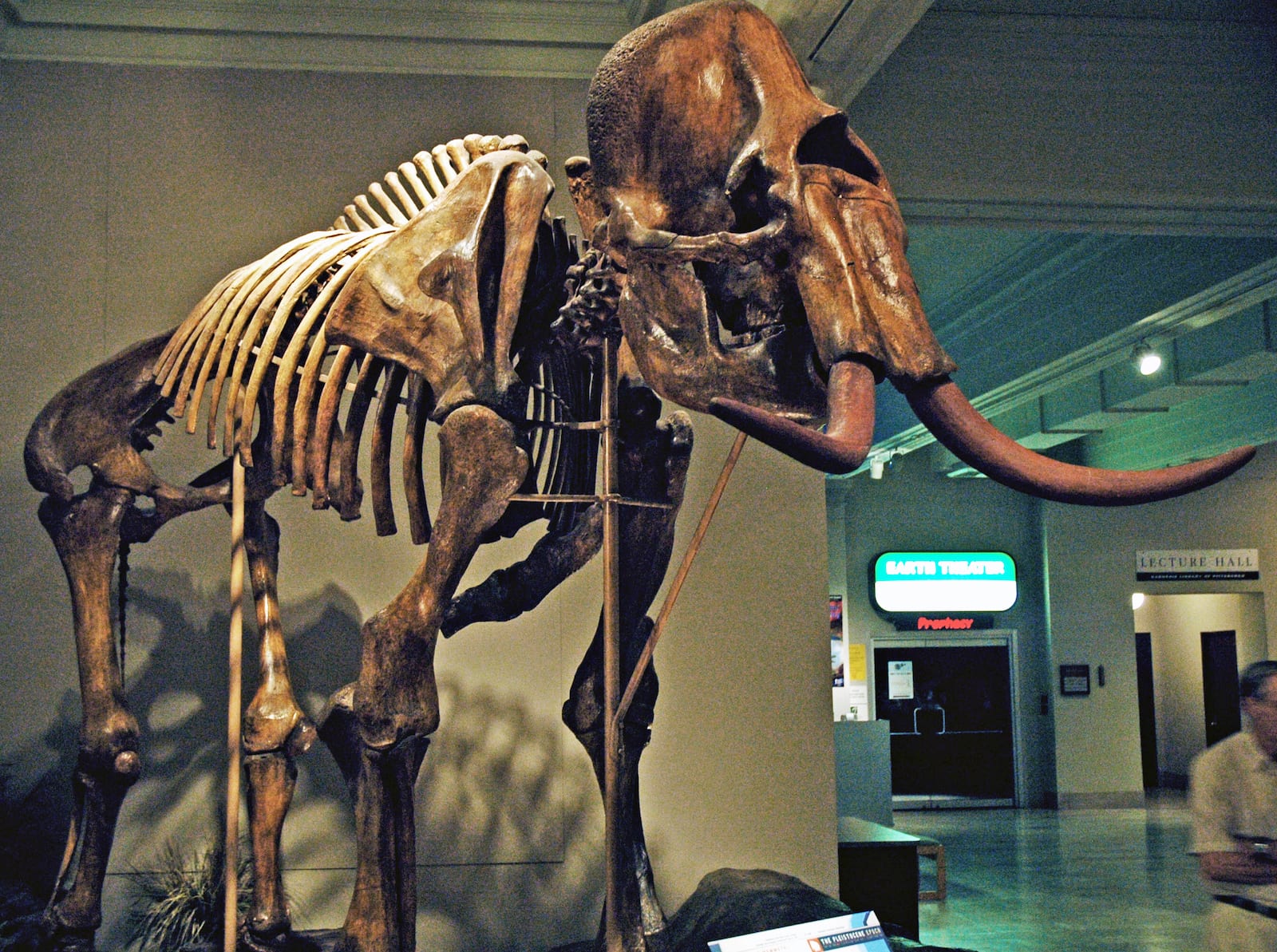
To get an accurate look at Colorado’s Native American history, you have to go pretty far back—more than 12,000 years back, to be exact. Archeological evidence suggests that the first people to appear in Colorado were the big game hunters (or Paleoindians), probably from the north. These people are divided into the Clovis and subsequent Folsom cultures (named for the towns where their artifacts were first discovered).
Archeologists distinguish the two cultures by their different types of spear points. The Clovis people are often called the “mammoth hunters,” while the later Folsom people are the “bison hunters.” These people marked the beginning of a big-game hunting tradition that lasted thousands of years until historic times.
Clovis and Folsom Cultures

Ice Age Colorado was home to mammoths, mastodon, bison (bigger than modern buffalo), horses, camels, and even enormous ground sloths. A cooler and wetter climate meant even more readily available water and food sources for these animals. The big-game-hunting Paleoindians happily took advantage of all this diversity.
Several extremely important Paleoindian sites have been found in Colorado. Most of these are kill sites, but some are tool caches and they’ve given archeologists a clearer idea of the Paleoindian lifestyle. The Dent Site on the South Platte River near Greeley is the only Clovis mammoth kill site in Colorado; it has been radiocarbon dated to roughly 12,800 years ago and consists of mammoth bones and several spear points.
In addition to the kill site, three Clovis tool caches have been found in Colorado. These caches may have been left as offerings, or as insurance against a lack of resources to make more tools upon someone’s return. The stone from which these tools are made has been traced to as far away as Texas and Utah, telling us that at least some Paleoindians ranged pretty widely.
By about 11,000 years ago, people began to rely more on hunting bison, and the new Folsom style of spear point began to show up all over the Great Plains, from southern Canada to Mexico. The 10,000-year-old Lindenmeier Site in Larimer County is perhaps the most spectacular Folsom site in North America, with an archeological accumulation that indicates that people hunted and camped there repeatedly for centuries.
By this time in prehistory, people lived throughout Colorado, utilizing all the ecosystems available to them. Some were more nomadic, foreshadowing the nomadic lifestyles of later Great Plains tribes, while others were more settled.
Post-Ice Age Archaic Culture
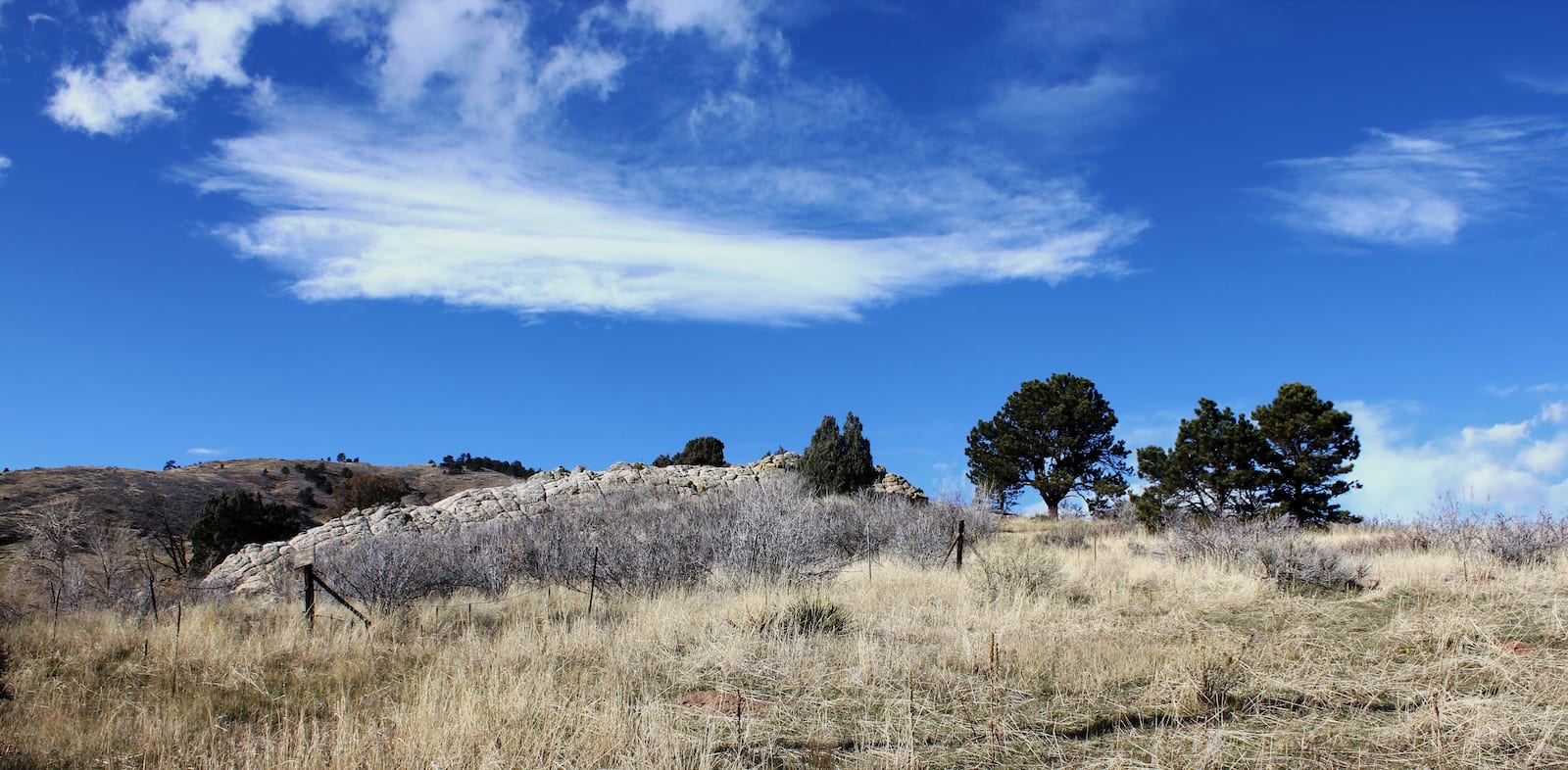
As the northern ice sheets melted the last of the megafauna disappeared, probably from a combination of warming climate and overhunting. Smaller animals like deer, rabbits, birds, and ground squirrels became the main prey of the people who lived in Colorado, known collectively as the Archaic Culture. The presence of grinding tools and seed baskets tells us that wild plants were a more important part of the diet than in previous times.
Although Archaic Cultural sites don’t include permanent settlements, there are dozens of them throughout Colorado that range from temporary campsites and seasonal dwellings to rock art, stone quarries, plant processing sites and kill sites, spanning the time period between roughly 8,000 and 2,000 years ago.
Draper Cave, Picture Canyon, Trinchera Cave, and the Magic Mountain Site (which you can be involved with through the Denver Museum’s Community Archeology Project) are just some of the numerous Colorado sites from this period. Several of these have been added to the National Register of Historic Places for their importance.
Ironically, the most heavily visited (albeit unknowingly) Archaic site is Vail Pass Camp along I-70. The rest stop there exists alongside an ancient campsite containing an 8,000-year-long record of human use, much of it from the Archaic Period.
Around the turn of the millennium, it appears that native peoples went off on two different lifestyle paths. Some remained more nomadic as hunters and gatherers, and others began settling down as agriculturalists, growing the food trifecta of corn, beans, and squash, and building permanent and well-organized towns.
Ancestral Puebloans and Fremont People
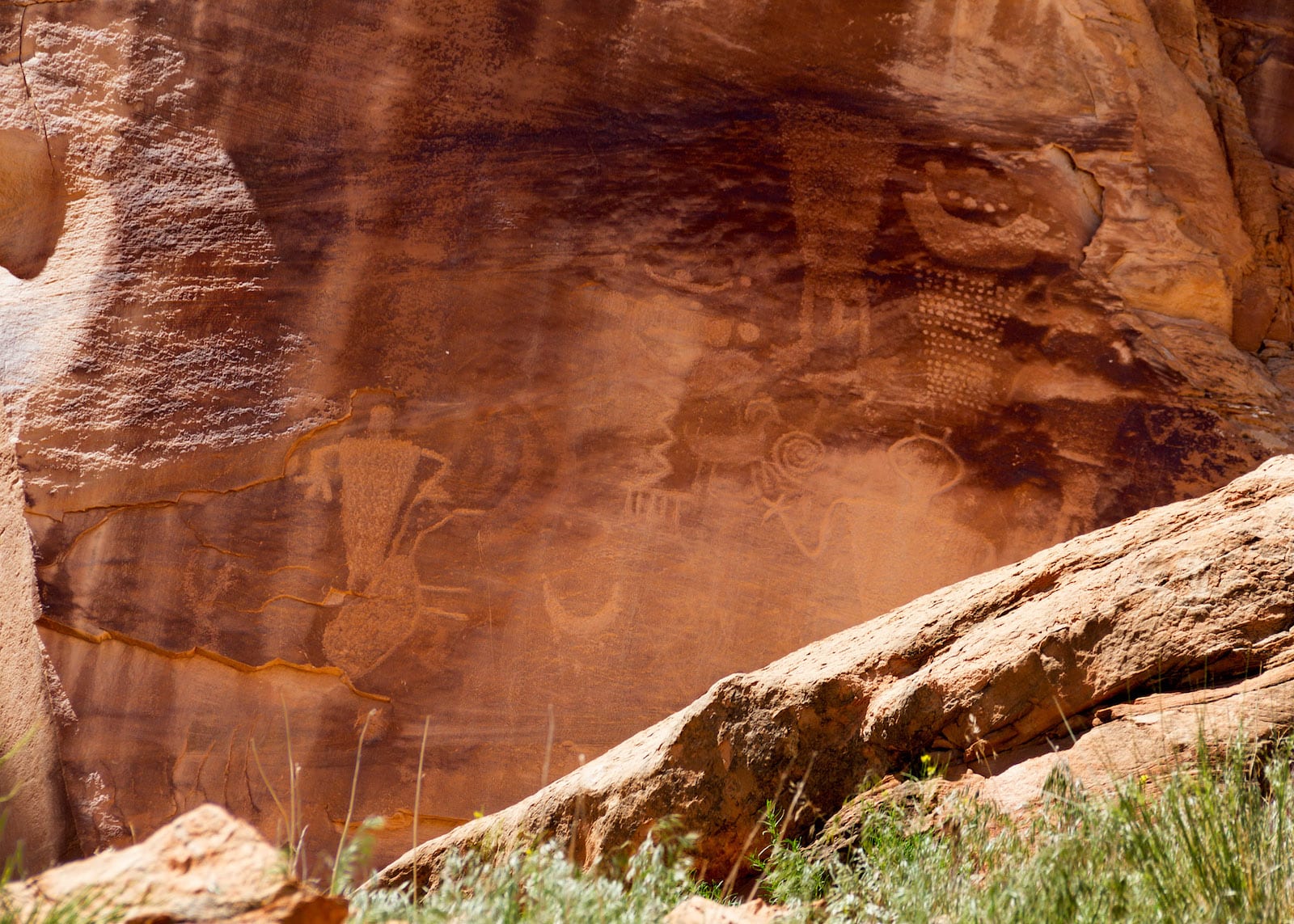
Around 2,000 years ago a more settled people known as the Ancestral Puebloans (originally called the Anasazi) began to leave their mark on the western part of the state, especially in the southwest. (Whether they came from somewhere else, or from the Archaic peoples of the area is still up for debate.)
In the northwest corner of Colorado, their counterparts were the Fremont people, who were also agriculturalists but included more wild foods in their diet. Although western Colorado was the edge of their range, the Fremont left extraordinary rock art and archeological artifacts. Fremont sites have been found near Grand Junction and at Cañon Pintado near Rangely, as well as on tributaries to the Yampa and Green rivers in Dinosaur National Monument.

Although state boundaries separate archeological sites today, these were cultures that spread across New Mexico, Utah, Colorado, Idaho, Arizona, and even Nevada. In southernmost Colorado, the Ancestral Puebloan site of Chimney Rock National Monument is connected as an “outlier” to the great trading and religious center of Chaco Canyon in New Mexico.
The site dates to roughly 1,000 years ago and is one of the finest archeo-astronomy sites in North America, where building alignments correspond with astronomical phenomena such as the equinoxes and solstices.
Mesa Verde National Park is one of the most famous archeological sites in the world from the Ancestral Puebloan period. The park contains over 5,000 archeological sites, 600 of which are cliff dwellings. The mesa was occupied for around 700 years, between about 800 to 1500 years ago, and you can see the progression over time from a lifestyle of below-ground pit houses and scattered fields to crowded cliff towns with three-story high buildings.

Ironically, for all its fame, Mesa Verde was likely not southwestern Colorado’s main center of the population during that time. Excavations in the Montezuma Valley near Cortez suggest that the valley was likely where most people lived, and Mesa Verde may have functioned more as the “suburbs.” Sites like Yellowjacket and Lowry, among others, were cities with well-developed infrastructure such as streets, great kivas, and artificial reservoirs to serve hundreds, and possibly thousands of residents.
Archeologists estimate that around 800 years ago the Four Corners region may have been home to more than 50,000 people, as many as 30,000 of which may have lived in Colorado’s Montezuma Valley (by comparison, the current combined population of Cortez, Mancos, and Dolores is well under 10,000). Canyon of the Ancients and Hovenweep National Monuments are other sites nearby that also illustrate more about the Ancestral Puebloans of southwestern Colorado, showcasing additional ancient ruins.
The Utes

The region was abandoned over time due probably to a massive drought. When people left the region they moved south, where their descendants still live in the pueblos along the Rio Grande River and elsewhere in New Mexico. Southwestern Colorado was then settled by Numic-speaking Ute people around 700 years ago.
The Utes are related to the Southern Paiute, Shoshone, and some of the Colorado River tribes (interestingly enough, also the Hopi Indians of Arizona, who speak a completely different language from other Puebloan tribes). It is believed the Utes originally came from southern Nevada along the California border and entered southwestern Colorado not long after the Ancestral Puebloans had gone. From there, the Utes spread throughout Colorado.
The Utes lived a semi-nomadic lifestyle and did much more hunting and gathering than the Puebloans. Some groups ranged as far as Wyoming, Oklahoma, and Texas for hunting and seasonal gathering. They established camps along the rivers of the Front Range, from which they could move eastward to hunt bison, and lived in some of the protected “parks” of the Rockies during the winter.
Myriad of Tribes: Ute, Cheyenne, Arapaho, Apache, Shoshone, Comanche, Kiowa, Navajo
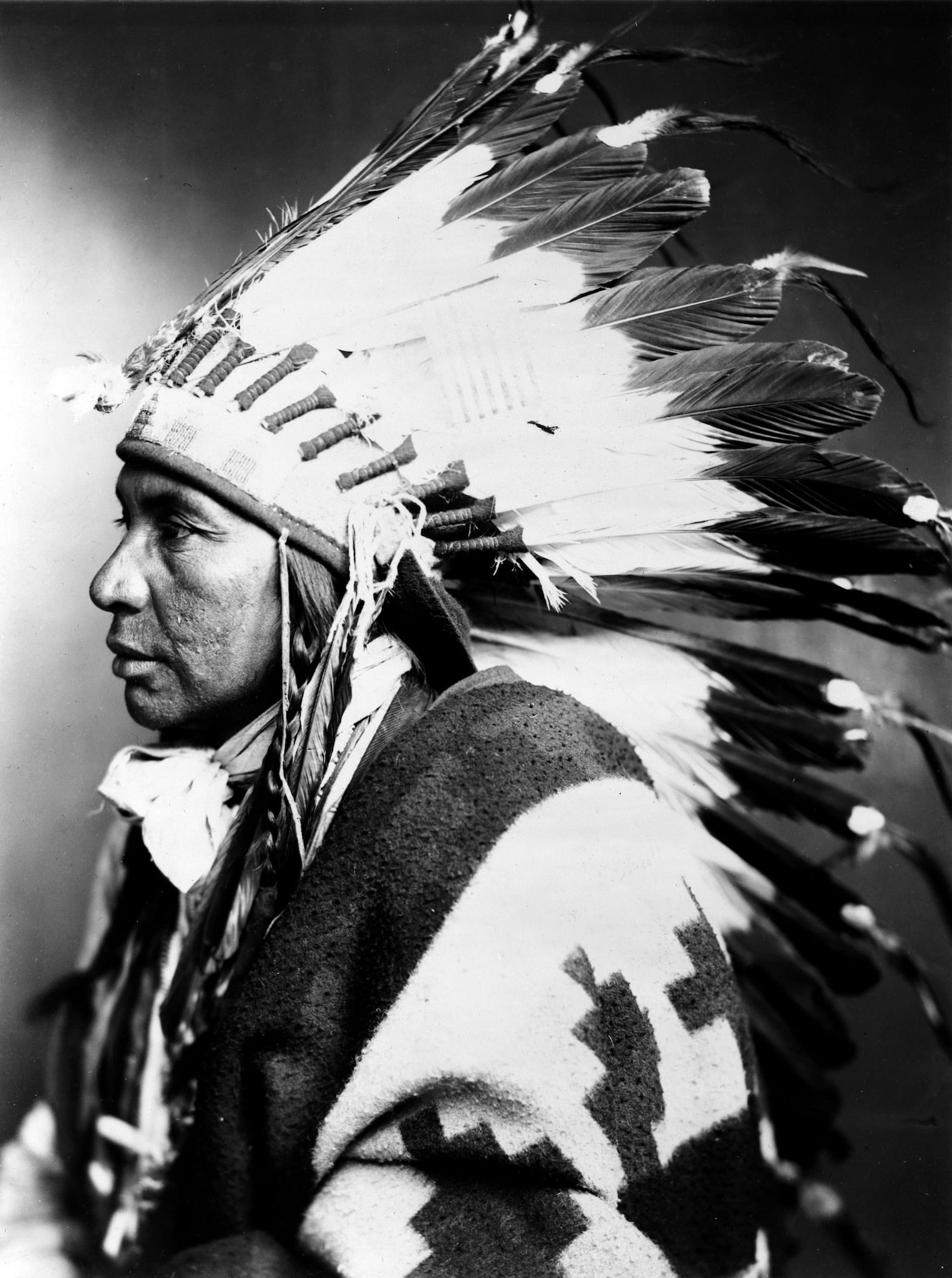
By the time Europeans entered Colorado, several historic tribes had moved into and inhabited the state: the Ute, Cheyenne, Arapaho, Apache, and Shoshone were the most numerous, although Comanche, Kiowa, and Navajo also wandered into Colorado as part of their hunting range. All of these people were semi-nomadic to nomadic buffalo hunters and needed large territories throughout their year.
Needless to say, the clash with incoming Anglos who wanted to settle the land with cattle didn’t end well for the tribes. The only Civil War site in Colorado commemorates the November 29, 1864, Sand Creek Massacre.
More than 150 Arapaho and Southern Cheyenne Indians (half of them women and children) living along Sand Creek with the express permission and encouragement of the U.S. Army were attacked, mutilated, and killed by Colonel John Chivington and 674 of his Colorado Volunteers. The place where this occurred is now a National Historic Site near Eads.
Native Americans Today in Colorado
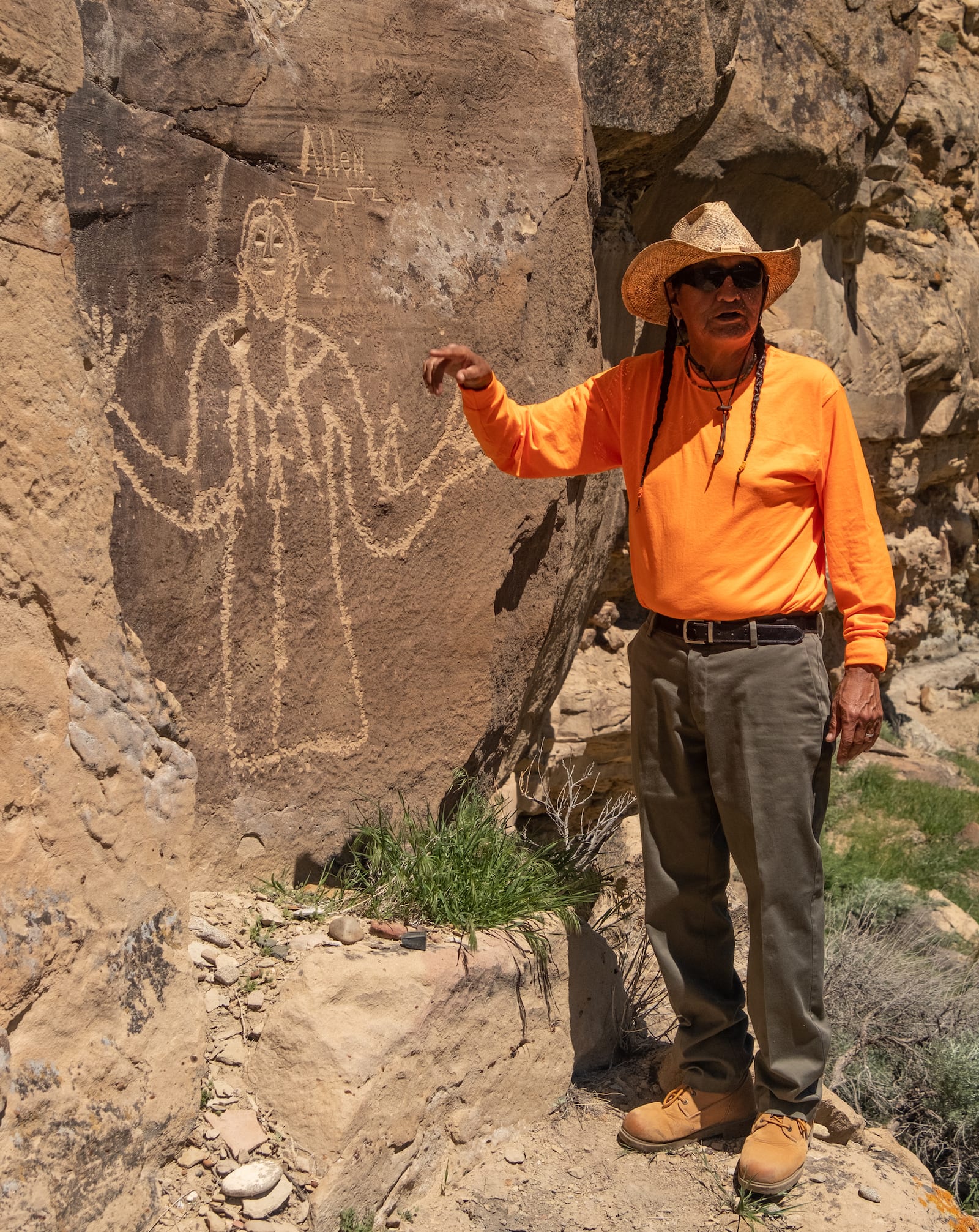
Today, about 54,000 people, or roughly one percent of Colorado’s population identify as Native American (which also includes Alaskan natives). The vast majority live in the urban areas; descendants of the Cheyenne, Lakota, Kiowa, Navajo, and at least 200 tribal nations live in the Denver Metro Area.
Although the largest tribal group by origin in Colorado is the Lakota (and the fastest-growing tribal group is Navajo), there are only two federally recognized tribes in the state: the Southern Utes, and the Ute Mountain Utes. Both tribes have reservations in southwestern Colorado.

Ute Mountain Ute Reservation

The Ute Mountain Ute Reservation is on the edge of southwestern Colorado’s expansive plains at the foot of Sleeping Ute Mountain. The reservation covers 575,000 acres and extends into southeast Utah and northern New Mexico. The tribe depends mostly on tourism for their economy, although they do have a construction company that provides revenue to the tribe.
Ute Mountain Tribal Park, which is adjacent to Mesa Verde National Park, offers tours of the cliff dwellings, rock art, and geological marvels on their land (which are much less well known due to their proximity to Mesa Verde). The tribe of 2,134 enrolled members is known for their leatherwork, baskets, and beadwork, and Ute Mountain Pottery has been in operation selling beautifully painted pottery since 1970.
The tribe also runs a travel center and the Ute Mountain Casino and Hotel, near Towaoc, the first tribal gaming facility in the state.
Southern Ute Reservation

The Southern Ute Reservation is headquartered in Ignacio, southeast of Durango. The Tribe has about 307,000 tribally-owned acres on a checkerboard reservation, and 1,510 enrolled members (some of whom live off the reservation). The tribe is the largest employer in La Plata County, and much of its revenue comes from oil and gas production, real estate development, and housing construction.
The tribe also runs the Sky Ute Casino in Ignacio and holds several cultural events that visitors can attend. The Tribal Fair Powwow is held in mid-September, and in May are the Bear Dance and Ute Nations Days. They also run KSUT, Southern Ute Tribal Radio, with programming on two different stations.
Many important sites and events commemorate the Native American history of Colorado. One easy way to access several of these is to travel the Trail of the Ancients Scenic and Historic Byway. This route runs through the entire Four Corners region, including parts of Utah and New Mexico, and you’ll have a chance to explore everything from museums to archeological sites.
It even jogs over to the actual Four Corners Monument, where you can lay with your arms and legs outstretched in the four states of Arizona, Utah, New Mexico, and Colorado.
Discover More About Colorado’s Natives
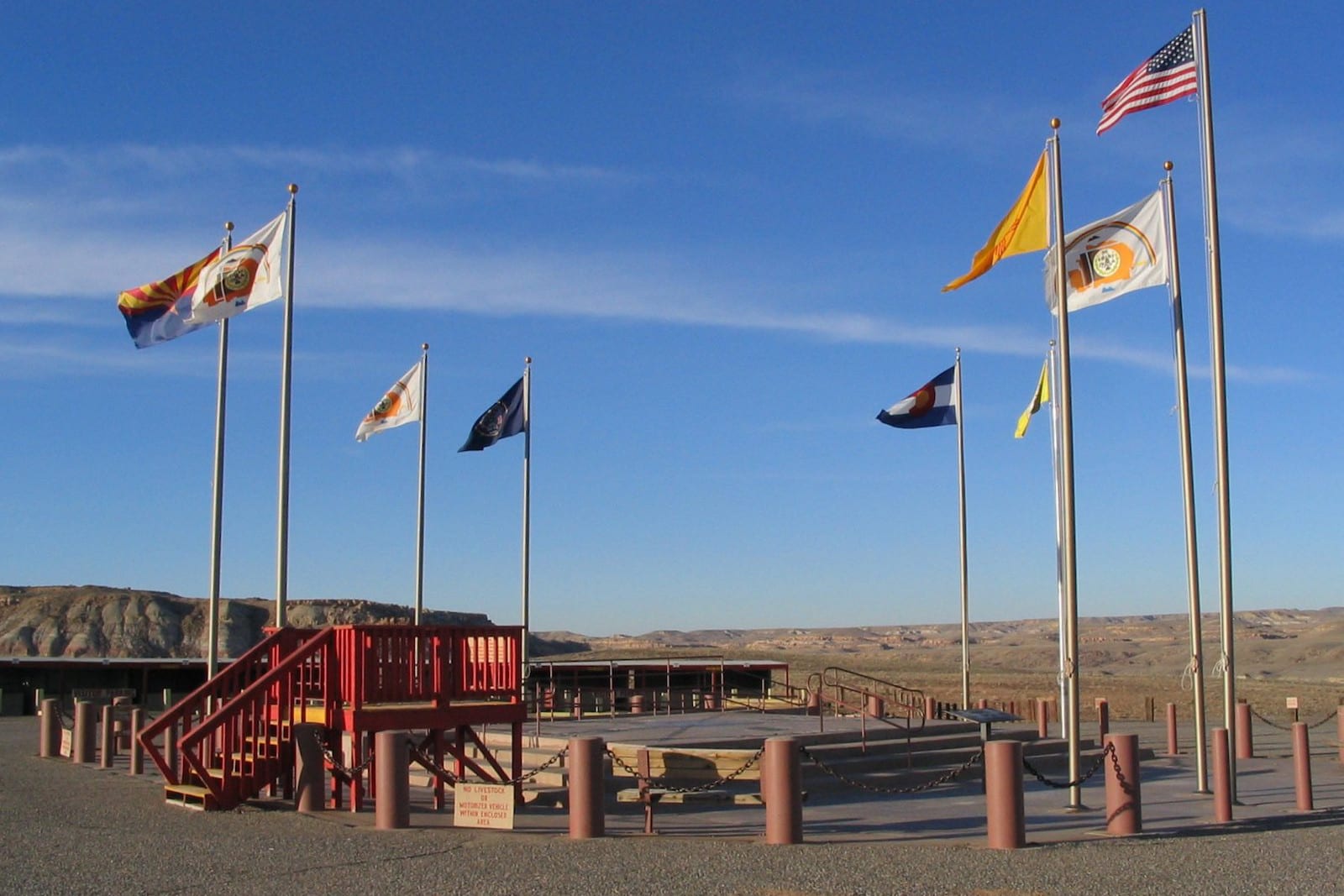
The Navajo Nation maintains the Four Corners Monument as a tribal park, which also forms the western boundary of the Ute Mountain Ute Reservation. Throughout Colorado, there are several places to learn more about the local Native American culture and history.
In Montrose, visit the Ute Indian Museum, and in Aurora, the Plains Conservation Center has a reconstructed Cheyenne camp and information about life and ecology on the Great Plains. The annual Saguache Community Powwow brings together members of many different tribes in late summer in the San Luis Valley.
The Denver Museum of Nature and Science has a permanent exhibit on North American Indian Cultures, and the Crow Canyon Archeological Center near Cortez is one of the finest archeological research and education facilities in the region.
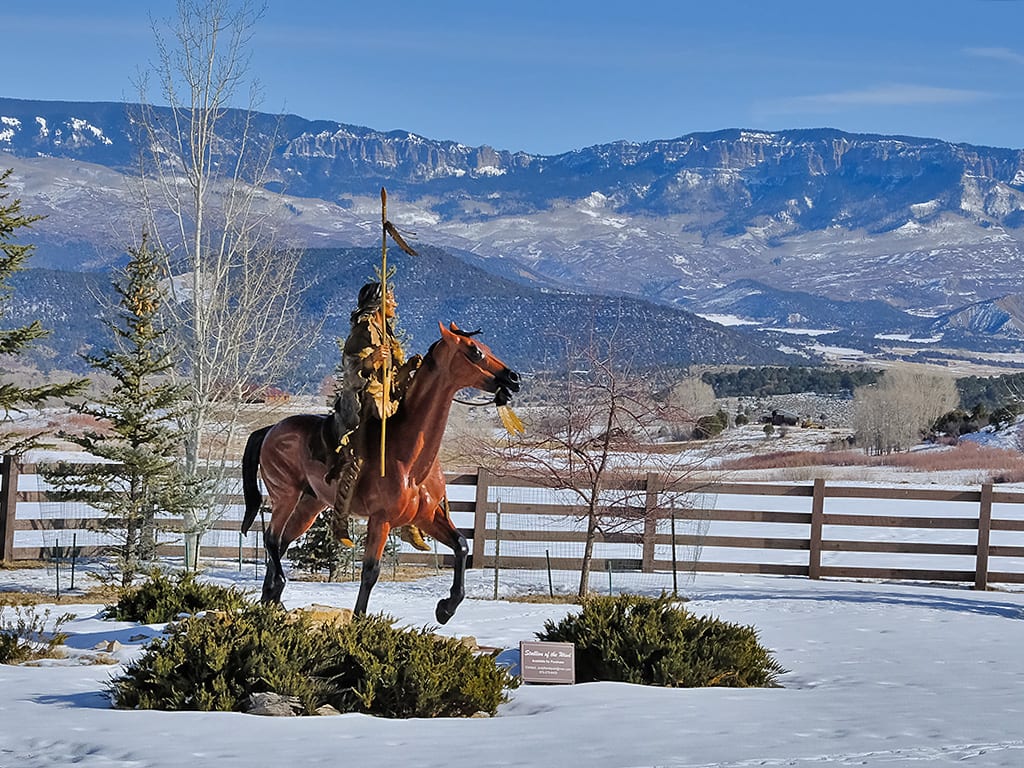
The native history of Colorado is an important part of the state’s identity, and the tribes are still a strong and vibrant part of its culture. It’s worth taking some time to learn more about the long and extraordinary story of these true Colorado natives.


 Fly Directly to these Colorado Ski Resorts with Airports Nearby
Fly Directly to these Colorado Ski Resorts with Airports Nearby